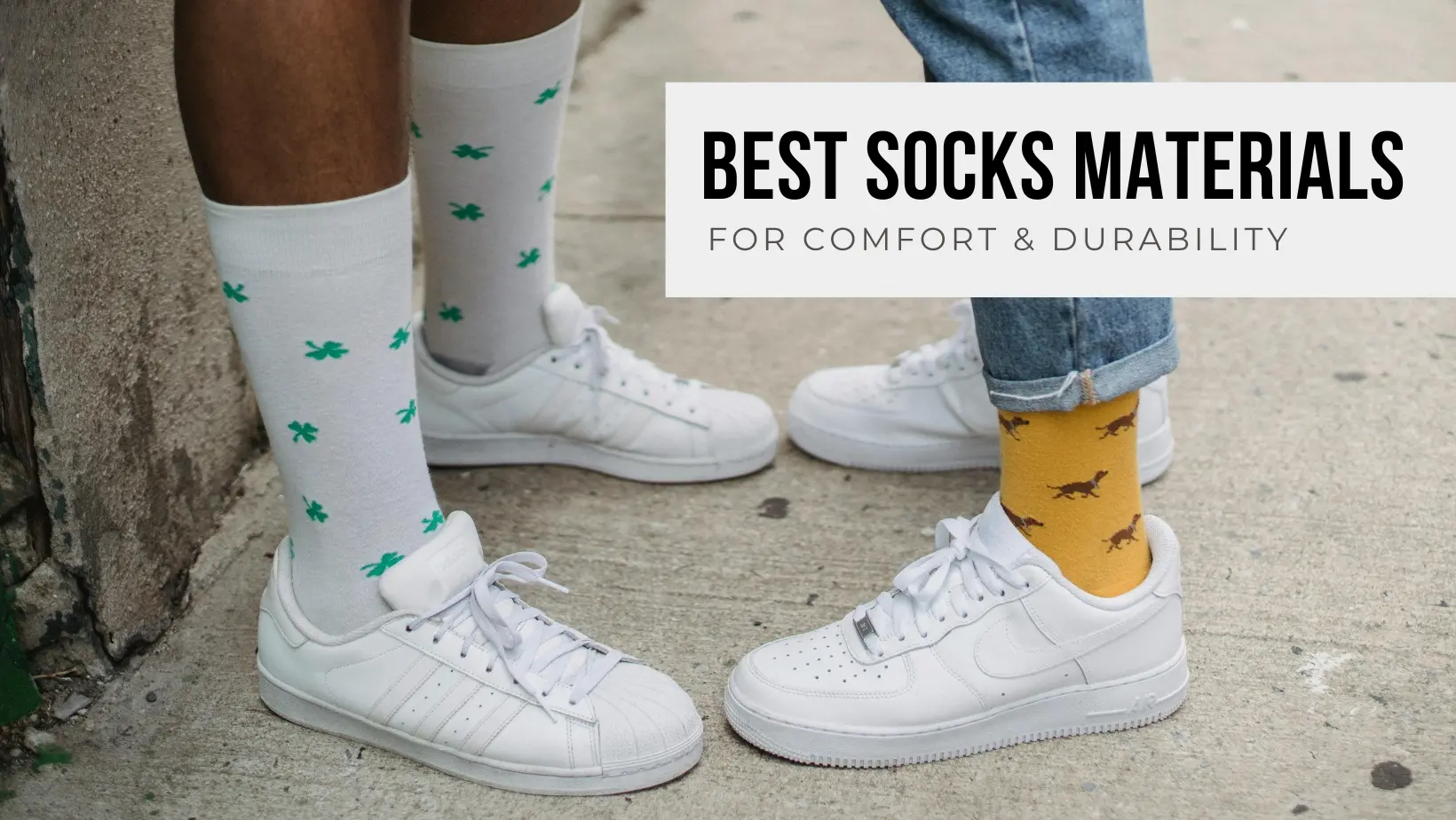1. Polyester Socks
Pros: Great for active pursuits. Moisture-wicking (stays dry). Cost-effective.
Cons: Not biodegradable.
Polyester, a synthetic material, is perfect for socks. It offers additional natural fabrics and insulation features, such as comfort, dryness, and resilience. Polyester wicks moisture effectively and dries quickly, making it ideal for sweaty feet during sports and workouts. While it’s not as eco-friendly due to its non-biodegradability, polyester socks are versatile and budget-friendly.
2. Cotton Socks
Pros: Warm, soft, and comfortable for all-day use.
Cons: Absorbs sweat and stays wet. Slightly more expensive than synthetics.
Cotton is a natural and organic material commonly used in socks. It provides warmth and softness, making it suitable for everyday wear. However, cotton tends to absorb sweat, which can leave your feet damp. Despite this drawback, cotton socks remain popular for their comfort and breathability.
3. Bamboo Socks
Pros: Soft, breathable, and eco-friendly.
Cons: May not be as durable as other materials.
Bamboo socks are gaining popularity due to their sustainability. They are naturally antibacterial, moisture-wicking, and gentle on the skin. While they may not last as long as some other fabrics, bamboo socks offer a cozy and eco-conscious choice for both men and women.
4. Wool Socks
Pros: Excellent insulation. Moisture-wicking. Odor-resistant. Soft and cushioned.
Cons: May be pricier than other materials. Some find wool slightly itchy.
Wool socks are a favorite for outdoor activities, hiking, and winter wear. They regulate temperature effectively and are a solid choice for both men and women.
5. Nylon Socks
Pros: Durable. Lightweight. Quick-drying. Stretchy.
Cons: Less breathable than natural fibers. May not provide as much cushioning.
Nylon socks are often blended with other materials (like cotton or wool) to enhance their properties. They’re commonly used for athletic and dress socks.

